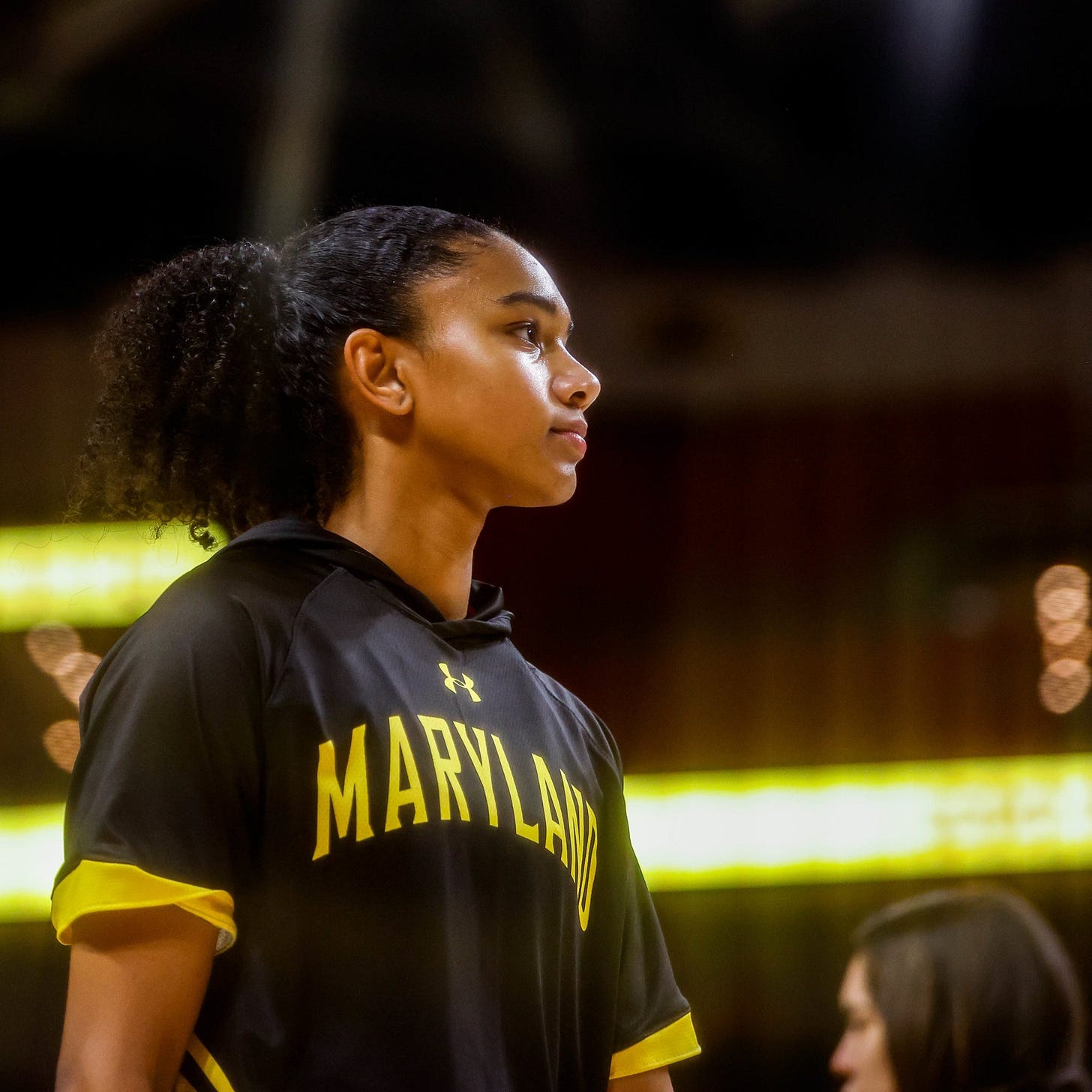Examining the Epidemic Afflicting Women's College Basketball
ACL Injuries significantly impacting NCAA Women's Basketball
Women's college basketball faces a challenging period with numerous athletes’ seasons being cut short due to ACL (Anterior Cruciate Ligament) injuries affecting several athletes across several programs. Recently, TCU women's basketball program is one of those programs. Kicking off the season impressively and achieving an undefeated start, the Horn Frogs made a notable entry into the Associated Press poll's Top 25, marking their first appearance since February 24th, 2020. With an impressive 14-0 record, TCU enjoyed its best-ever start to a season as they approached the final week of non-conference play.
In light of recent news, the TCU women's basketball team's promising season is now faces uncertainty. The team was forced to cancel two scheduled conference games and hosted tryouts to address the setbacks they've recently encountered. With the roster diminished to just six players, the loss of key contributors like top scorer Sedona Prince, guard Jaden Owens (out for the season with a torn ACL), and DaiJa Turner (undergoing season-ending ankle surgery) has created significant hurdles. The question of whether they can sustain a successful season from a win-loss perspective remains open. It will be contingent on how successfully they navigate these challenges and integrate new talent into the roster.
TCU is not the sole instance drawing attention to the prevalent injury challenges in college women's basketball. The number of players sidelined for the season is alarmingly expanding beyond reasonable expectations. UCONN, in particular, leads the list with players like Jana El Alfa, Azzi Fudd, Aubrey Griffin, and Ayanna Patterson facing season-ending injuries. Other programs, including Arizona, Arizona State, Boston College, Bowling Green, California Baptist, Cleveland State, Creighton, and UCLA are also grappling with a concerning trend, with an average of one to three players affected per program.
Photo: Riley Nelson warming up for the University of Maryland
Further compounding the current injury woes in college women's basketball, the University of Maryland has encountered its own setback. Riley Nelson's unfortunate torn ACL adds to the list forcing her to miss the remainder of the 2023-2024 season. This highlights the widespread nature of injuries affecting players across various programs emphasizing the need for continued attention to this concerning trend.
The surge in ACL injuries among women college athletes this season prompts a critical inquiry into the underlying factors contributing to this concerning trend. There is a paradox in that facilities, paid staff, expertise has increased but the injuries seem to be continuing to happen at a high rate. Is it linked to the intensified training and competitiveness? Perhaps the weight room and the specific approach to strength training as well as the strain from consistent practice?
Athletes in women’s basketball are essentially playing year around. Participation in international tours during the summer, could also play a role. Moreover, the demanding schedules imposed by certain athletic programs, including summer school attendance for both first and second sessions may leave athletes with insufficient rest and recovery time before the start of the next season. This multifaceted analysis underscores the need for a comprehensive understanding of the issue emphasizing collaboration among sports medicine professionals, coaches, and athletes.
The repercussions of ACL injuries extend beyond the physical and mental toll on athletes. Beyond jeopardizing their immediate health, these injuries often result in the loss of entire seasons. For many athletes, the opportunity to reclaim those missed games or seasons may be limited impacting both their current performance and future prospects in the sport. The long-term implications underscore the need for comprehensive strategies to prevent and address these injuries, not only for the well-being of the athletes but also for the sustainability of their athletic careers.
In navigating these critical injuries, we advocate for a comprehensive approach. A pivotal step in gaining insights into how athletes' bodies are treated is the initiation of an inquiry by the NCAA into the programs affected by the surge in ACL injuries. This inquiry serves as a foundational step toward understanding the factors contributing to these injuries and enables the development of evidence-based strategies for injury prevention and the overall well-being of athletes in collegiate women's basketball.
The focus should begin with a thorough examination of workout routines conducted by strength trainers. Athletic programs need to scrutinize the nature of strength training ensuring it aligns with best practices for injury prevention and player well-being. Additionally, understanding the workload and time spent on the court is essential. This involves evaluating pre-season, in-season, and post-season training regimens. Striking a balance between intense training and adequate rest periods is pivotal to reduce the risk of injuries. Collaborative efforts among the NCAA, athletic programs, strength trainers, and sports medicine professionals can lead to the development and implementation of evidence-based strategies that prioritize player safety and mitigate the prevalence of ACL injuries in collegiate women's basketball.
Despite ongoing conversations about the growth of the game, it is essential to recognize that athletes are currently experiencing heightened challenges and enduring more than ever. Striking a balance between promoting the growth of the sport and implementing measures to protect and support athletes is crucial for creating a sustainable and healthy environment within collegiate women's basketball.
For athletes grappling with the difficulties of this situation, particularly those recovering from an ACL injury, I want to inspire courage and offer encouragement. Take your time in the recovery process, refrain from rushing, and seek guidance and mentorship along the way. Always remember, this setback is not the conclusion of your journey. With resilience and patience, you have the capacity to overcome these challenges and emerge even stronger.






I think it's clear it's from overuse. Year round, without proper rest and recovery- likely kid's diets haven't gotten all that much better and/ or there may no cross-training. I'd also posit that sedentary time outside of the sport is probably contributing. I've seen so many athletes, for years, when they're not playing, just sit in front of a video game system or tv.